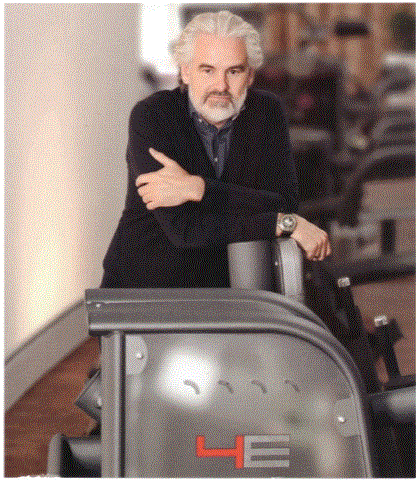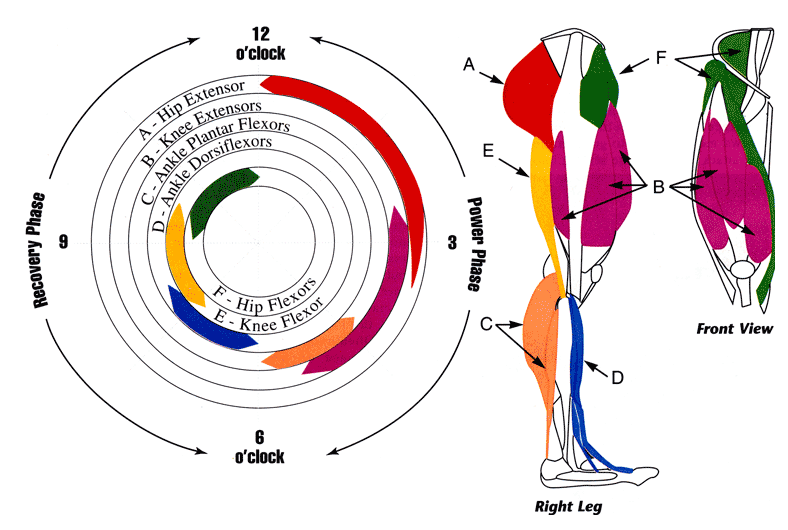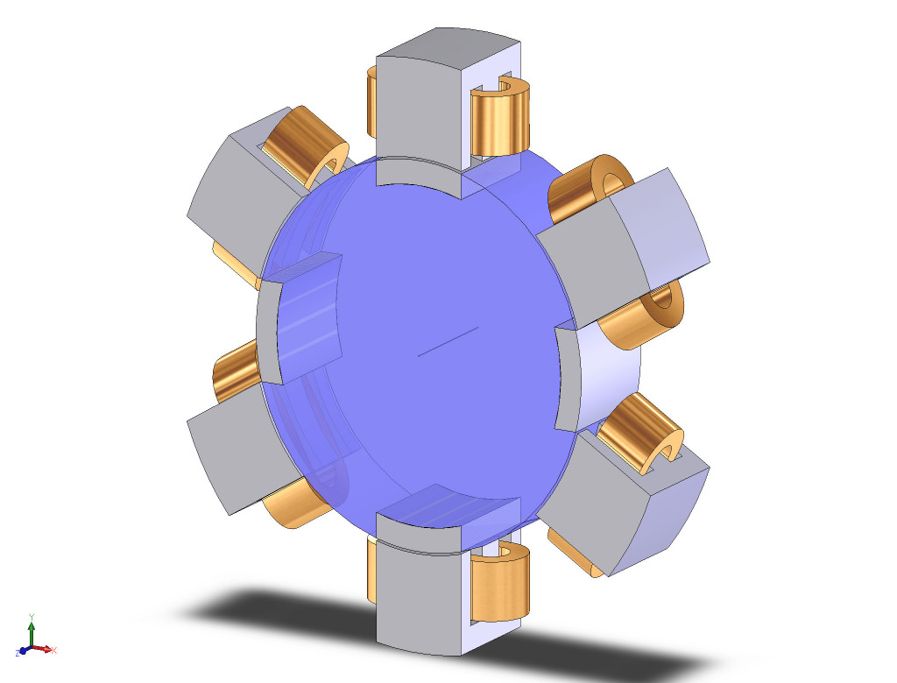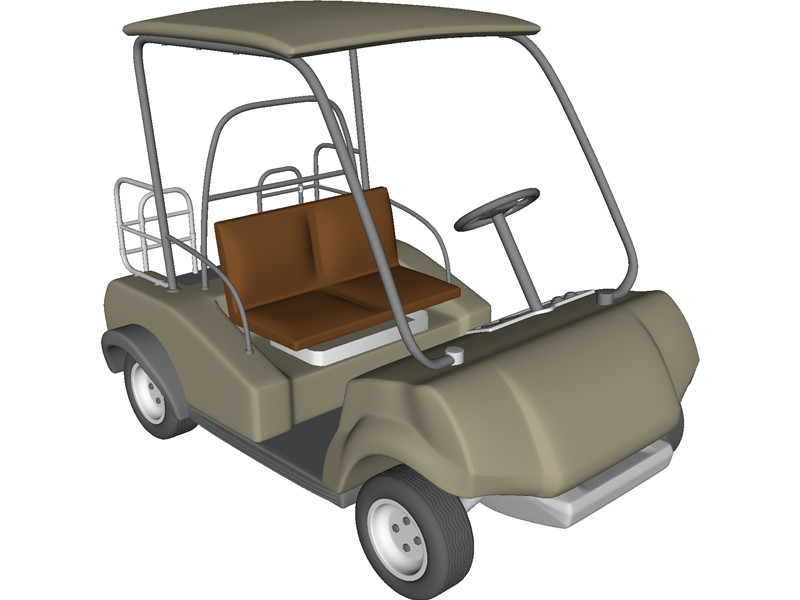ETFM
The ETFM technology platform can be used in a range of applications:
Robots
Direct drive, high torque
The transverse flux and highly modularity features of the ETFM, makes it possible to design the motor with a large diameter, and thereby very high torque per kg of cobber and iron laminate. This is ideal for low cost, direct drive stationary robot applications.
Low inertia even in large diameter
To ensure a very low rotor inertia, the ETFM can be designed with very short magnetic flux path in the rotor. This lowers the required amount of iron laminate in the rotor, and makes it possible to design the ETFM motor with very low moment of inertia – both with inner and outer rotor. This is ideal for direct drive start/stop robot applications with high acceleration.
High position accuracy
The ETFM has no permanent magnets and thereby predefined steps. With the motor controller from ePower Technology, the ETFM motor can be controlled with smooth constant torque, and can hold still in any position with steps << 0.1 deg. This is ideal for high precision direct drive robot applications.
Simple construction, low cost
The simple construction, high torque per kg cobber and no permanent magnets of the ETFM motor makes the cost price in high volume production very low. This is ideal for low cost, high performance, direct drive robot applications.
Fitness & rehabilitation
4E strength training system
ePower has developed a 5 phased ETFM Switched Reluctance motor control system for the 4E strength training system for gym80 International GmbH, which was released on the market in 2013 and approved according to the Medical Device Directive in 2015 (German Medical Products Act - MPG)."30 years ago when I first saw strength training machines that worked fully electrically, were completely networked to one another and were able to produce different resistance modes for workouts rich in variety, I knew: that's a brilliant idea. When I became familiar with the ETFM resistance technology in 2007, my enthusiasm was sparked. I was convinced that working out with this technology would be more diversified and exciting. A great amount of R/D and programming work went into the advancement of the ETFM technology to make the resistance levels more smooth. You can feel it – it is state of the art on the market. It's simply a completely new training quality. There is no other machine on the market today where you can do isometric and isotonic training, training with a higher eccentric load as well as isokinetic training. This is the diversity we want to offer our customers. In conjunction with our software, the 4E product line is an incredibly cutting-edge training machine, perfectly geared to a broad range of applications and requirements.
For both professionals and for rehab patients alike. Because isokinetics, for instance, is also ideal for muscle-building in the medical area. We know the 4E product line is a sophisticated product, also in terms of price, but we happily accept such exclusiveness. We were not only driven by commercial considerations here but more so by the wish to provide the best workout possible with new technology."
Synergy Indoor Bike
The Synergy Indoor Bike training concept was developed by AWS Technology and release on the market in 2007. The resistance in the Synergy Indoor Bike is based on the ETFM technology platform.ePower Technology is the successor of AWS Technology, who had 5 engineers working on the first ETFM technology platform from 2003 to 2008 in close cooperation with Aalborg University, and raised more than 4 mil EUR for developing the ETFM technology platform into the first product launch on the market 2007, the Synergy Indoor Bike.
Key reasons to use a sophisticated electric generator in an indoor cycling bike are:
- Stand alone bike, power from the generator is used for electronics on the bike.
- High torque at low speed
- Inertia emulation, let the user have the outdoor bike feeling with the right inertia.
- Durability
Inertia emulation
When riding an outdoor bike, it is the inertia that makes it possible to keep a constant speed, even when the torque from the pedals variates over one revolution. The inertia on an outdoor bike is depending on the speed and mass of the cycle and cyclist. See "Cadence RPM" graph below.
Examples of low inertia:
- Outdoor: Low gear, low speed, low weight - MTB steep uphill
- Indoor: Cardio bike, eddy current brake or simple generator
Examples of high inertia:
- Outdoor: High gear, high speed, high weight – Racing bike flat/downhill
- Indoor: Spinning bike with large fly wheel
Outdoor bike feeling
The ETFM generator with dedicated controller made it possible to dynamically change the emulated inertia, so all weight classes of cyclists could get the same bike feeling as with an outdoor bike from low gear low inertia mountain bike, to high gear high inertia street racing bike.
The inertia emulation is running on the low-level 20 kHz motor control loop, which makes it possible for a very fast response to new external input (gear change, standing/sitting).
Cost effective dedicated motor controller for the Synergy Indoor bike with build in outdoor bike feeling emulation.
- Internal fly wheel
- Inertia for bike feeling
- Build in free wheel
- Low cost internal encoder feedback
Fault Tolerant Applications
The ETFM, have all the basic properties to be considered as a very fault tolerant machine. Every single coil in the machine is isolated from the each others both magnetic, electrical and to some extent also thermal. Since the E-core transverse flux-machine belongs to the family of the SR motors it has unique properties of intervals without current in the windings.
By careful investigation of the voltage and current in these intervals a very simple method to detect single and partial turn short circuit faults have been developed. For other types of machines the single and partial turn short circuit is very difficult to deal with and requires normally very comprehensive detection and calculation schemes.
The developed detection algorithm combined with the E-core transverse flux machine is a strong candidate for fault tolerant electrical machine applications.









